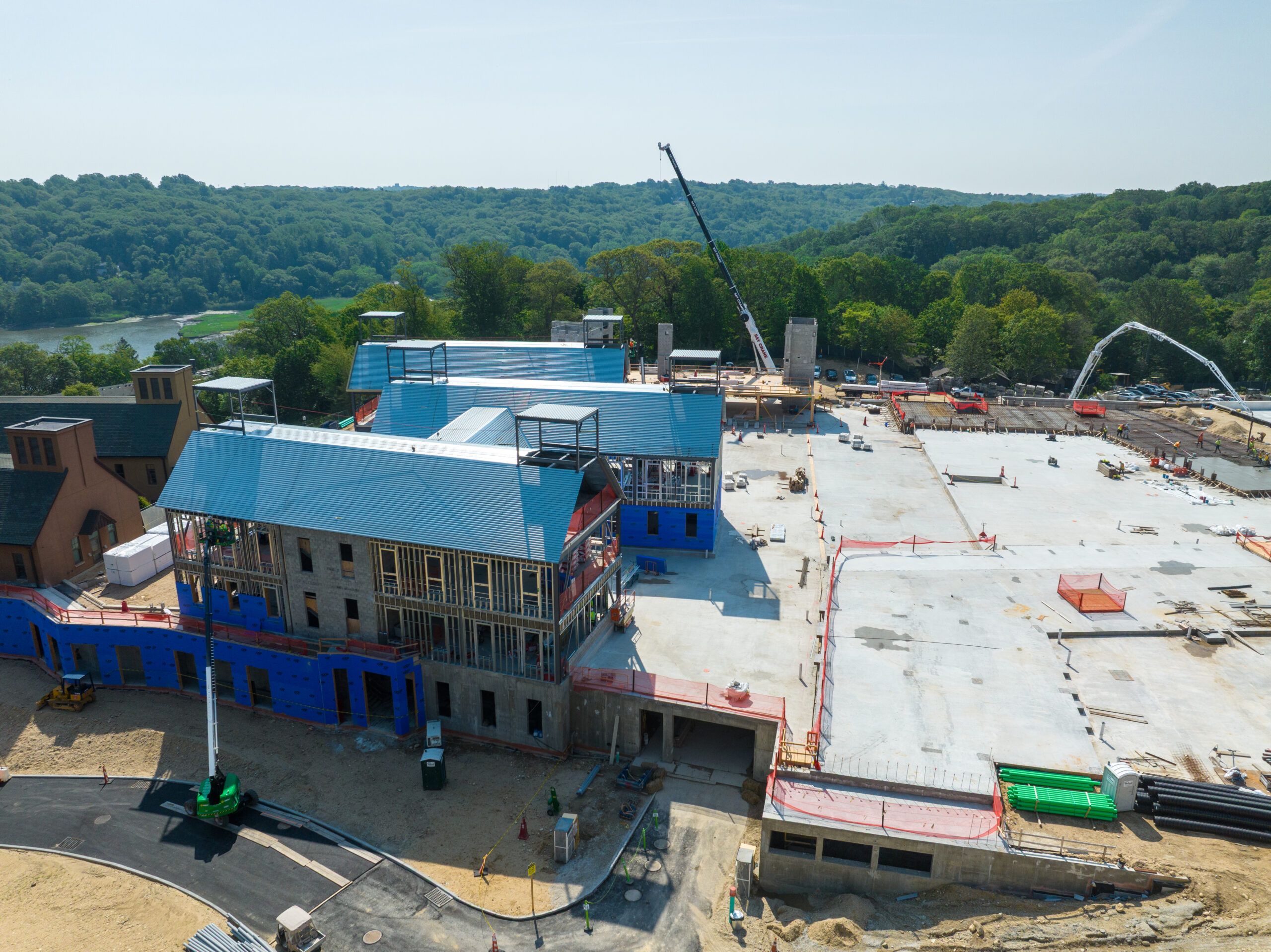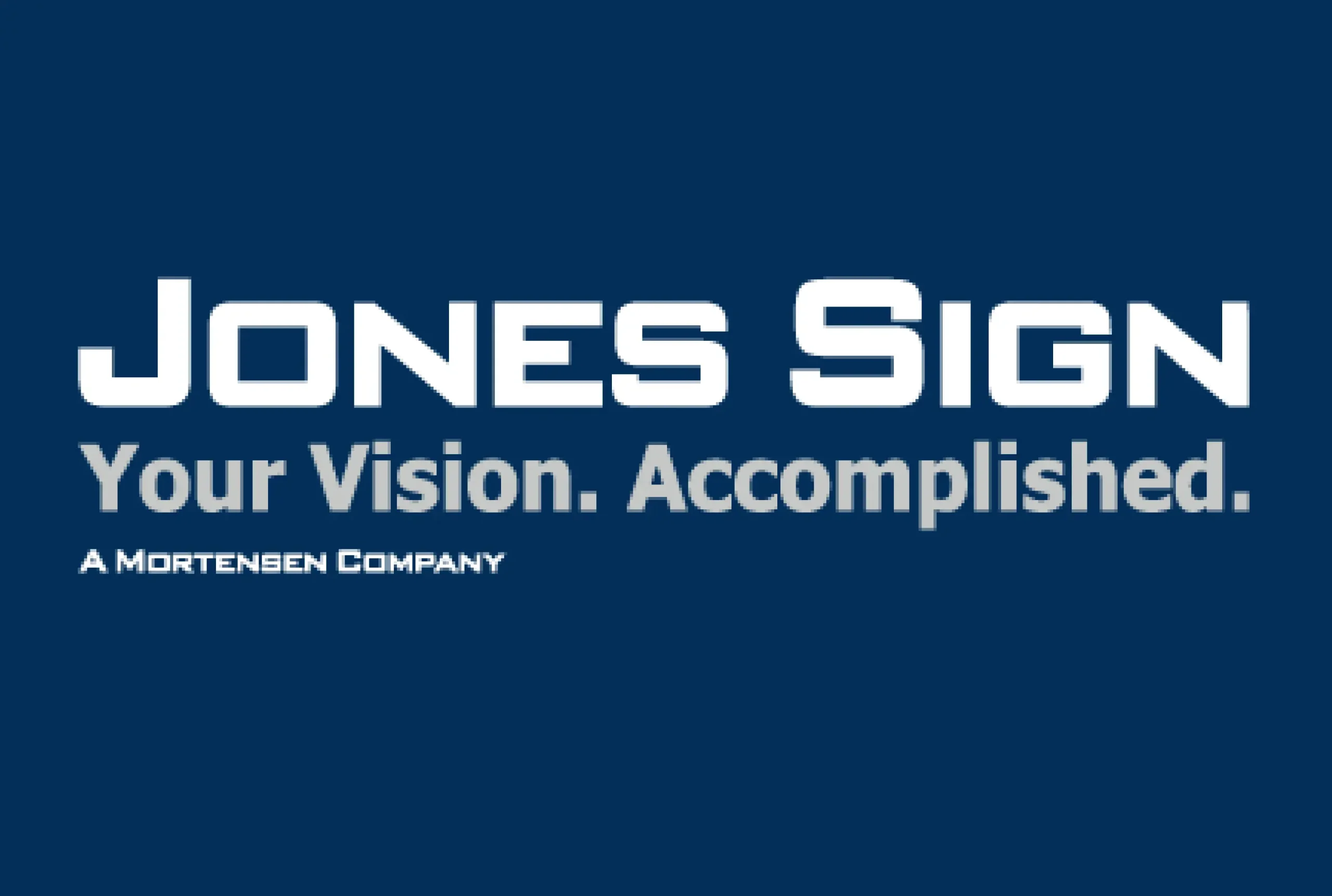Accurate repair estimates are crucial to the success of any restoration or construction project. They ensure clarity, guide financial planning, and set realistic expectations for all involved. This article explores how precise estimating contributes to maximizing project value.
The Importance of Accurate Repair Estimates
Financial Planning and Budget Control
Accurate estimates from Estimates247 provide a clear financial roadmap for property owners and contractors. They outline the expected costs associated with materials, labor, and any special requirements, helping clients prepare for the financial commitment ahead. When estimates are accurate, there’s a significantly lower chance of unexpected costs arising mid-project, which helps avoid budget overruns and project delays.
Inaccurate estimates, on the other hand, can derail a project quickly. Undervaluing costs can lead to halted work, strained client relationships, or even financial losses. Conversely, overestimating may make bids less competitive and cost a contractor the job.
Supporting Insurance Claims
In insurance restoration work, repair estimates often serve as the primary documentation used to determine the payout a property owner receives. These estimates must align with industry standards and comply with insurer requirements. Tools such as Xactimate are often used to ensure pricing accuracy and consistency with insurance expectations.
Accurate estimates help ensure that clients receive the compensation they are entitled to, without delays or disputes. Poorly prepared or vague estimates may lead to claim denials or underpayments, forcing property owners to cover more of the costs out-of-pocket.
Building Trust and Professional Credibility
For contractors, accurate estimates demonstrate professionalism and attention to detail. When the final costs closely align with the initial estimates, clients are more likely to view the contractor as reliable and trustworthy. This strengthens relationships, encourages repeat business, and improves word-of-mouth referrals.
On the contrary, wide disparities between estimates and actual costs can damage a contractor’s reputation. Clients may perceive them as untrustworthy or unqualified, even if the overruns were due to unforeseen issues.
Elements of a Quality Repair Estimate
Detailed Scope of Work
A strong estimate includes a thorough description of all work to be performed. This scope should be broken down by phases or areas of work, so everyone involved understands what is included—and just as importantly, what is not.
Labor and Material Costs
Precise labor and material calculations based on up-to-date pricing databases (such as those within Xactimate) provide transparency and help clients understand how the final figure was derived.
Timeline and Project Milestones
Including a projected timeline with milestones helps manage expectations and keeps both contractors and clients accountable. It also aids in scheduling and resource allocation.
Contingency Planning
A good estimate often includes a small contingency to account for unforeseen conditions that may arise once work begins. This helps prevent budget surprises and ensures the project stays on track.
Clear Terms and Assumptions
A quality estimate clearly outlines the assumptions made in the costing process and defines any terms that could affect pricing. This includes access to the site, working hours, or specific brand requirements for materials.
Visual Documentation
Incorporating photos, diagrams, or site sketches adds clarity and supports the scope of work presented. Visuals are especially helpful in insurance claims and when clients are not present on-site.
Line-Item Breakdown
Providing a line-item breakdown of costs helps demystify the total project value. Clients can see exactly where their money is going, which promotes trust and allows for easier adjustments if needed.
Real-World Impacts of Accurate Estimating
Faster Project Turnarounds
When estimates are precise, projects tend to proceed more smoothly. Contractors can order materials in advance, schedule labor efficiently, and avoid delays caused by budget re-evaluations. This reduces downtime and allows for quicker completion.
Improved Profit Margins
Accurate estimating also helps contractors protect their bottom line. By accounting for all expenses from the outset, they can avoid absorbing costs or cutting corners to stay on budget. This contributes to healthier profit margins and sustainable business growth.
Reduced Legal and Contractual Disputes
Clear, well-documented estimates serve as a binding agreement in many restoration contracts. When disagreements arise over scope or payments, having a precise estimate can serve as a strong reference point that supports resolution in favor of the contractor or client.
Leveraging Technology for Estimating Modern estimating software, including estimates247.com, has revolutionized the way repair estimates are generated. These tools allow for greater accuracy, faster turnaround, and standardized formats that insurers and clients recognize. With 24/7 accessibility and integration with claims management systems, platforms like these are indispensable for contractors who want to deliver consistent, professional results.
Conclusion
Accurate repair estimates are essential to maximizing the value of any restoration project. They promote financial clarity, support successful insurance claims, enhance client trust, and reduce project risks. For contractors, the ability to produce detailed, reliable estimates sets the tone for a successful job and builds a reputation for excellence











